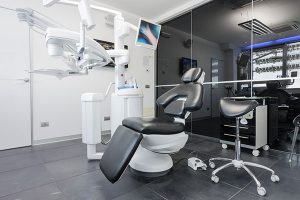

Now a multifaceted entity, digital restorative dentistry has fundamentally altered the dental industry for both dentists and laboratories. Over the past 30 years, the types of restorative materials available and the ways in which indirect restorations have been produced have changed dramatically. The use of metal has dropped to historic lows, with silica-based glass, polycrystalline, and resin-hybrid ceramics taking its place. Moreover, both dentists and laboratories have adopted digital technologies, which has enabled each to rapidly prototype restorations and provide consistent, controlled results while reducing labor costs for producing crowns, fixed partial dentures, implants, inlays, onlays, and veneers.1 Resin-hybrid ceramics, in particular, have emerged as the “modern dental materials,” which could not exist without CAD/CAM.2
With the properly trained clinician and adjunct dental team, the digital process may reduce risks associated with traditional analog restorative methods, which rely on dimensionally unstable and potentially incompatible materials that are subject to errors associated with their repeated manipulation. With a direct, virtual construction model, efficiency gains are definitively realized. The CAD/CAM-mediated process consists of a scan of the preparation quadrant/arch, its antagonist quadrant/arch, and a closed bite scan of the same to render an articulated virtual model. The restoration is designed virtually and directly using software tools to shape, form, and control occlusion for the desired restoration. When design is complete, the information is converted to a dataset, which is used by a milling device to grind or mill the desired restoration from a solid, monolithic, homogenous, industrially processed block that by definition describes modern dental materials. As such, the majority of the restoration is adhesively placed with exception/option for polycrystalline materials (eg, zirconia). read more
Source: Inside Dentistry








